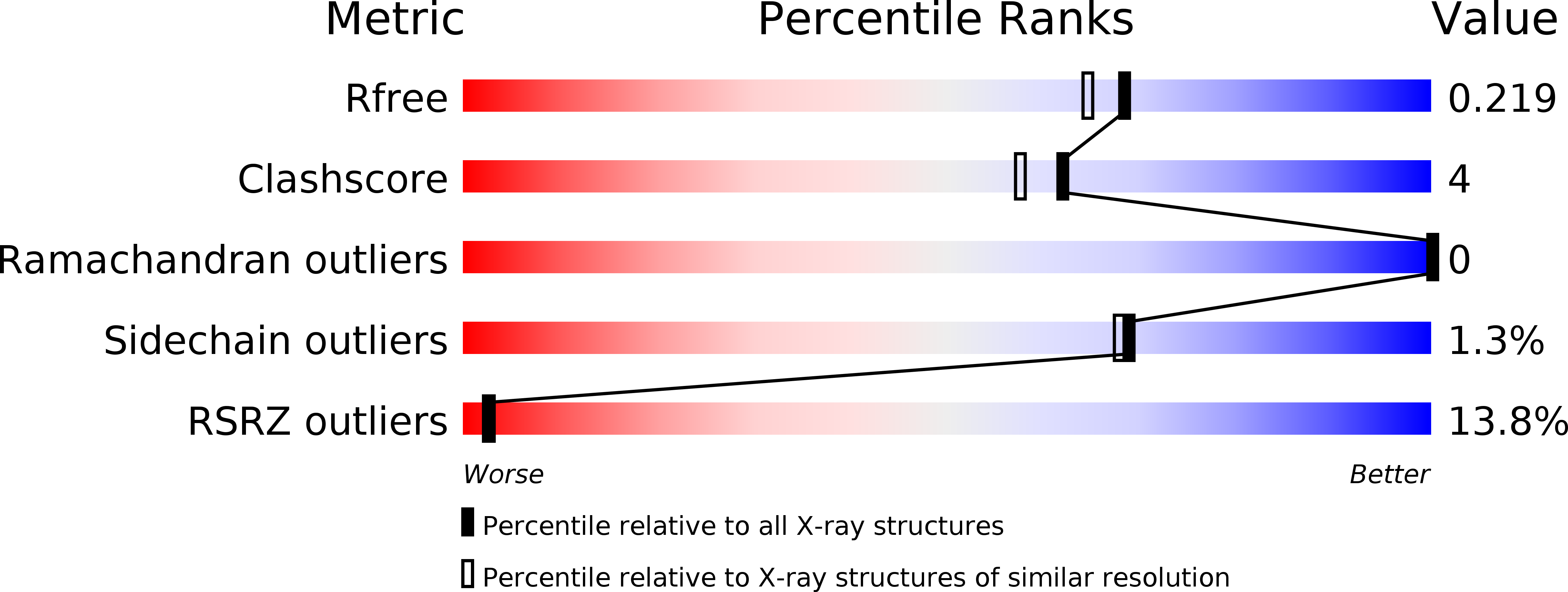
Deposition Date
2013-04-25
Release Date
2013-12-25
Last Version Date
2024-11-06
Entry Detail
PDB ID:
4KEH
Keywords:
Title:
Crosslinked Crystal Structure of Type II Fatty Synthase Dehydratase, FabA, and Acyl Carrier Protein, AcpP
Biological Source:
Source Organism:
Escherichia coli (Taxon ID: 562)
Host Organism:
Method Details:
Experimental Method:
Resolution:
1.90 Å
R-Value Free:
0.21
R-Value Work:
0.17
R-Value Observed:
0.18
Space Group:
C 2 2 21


